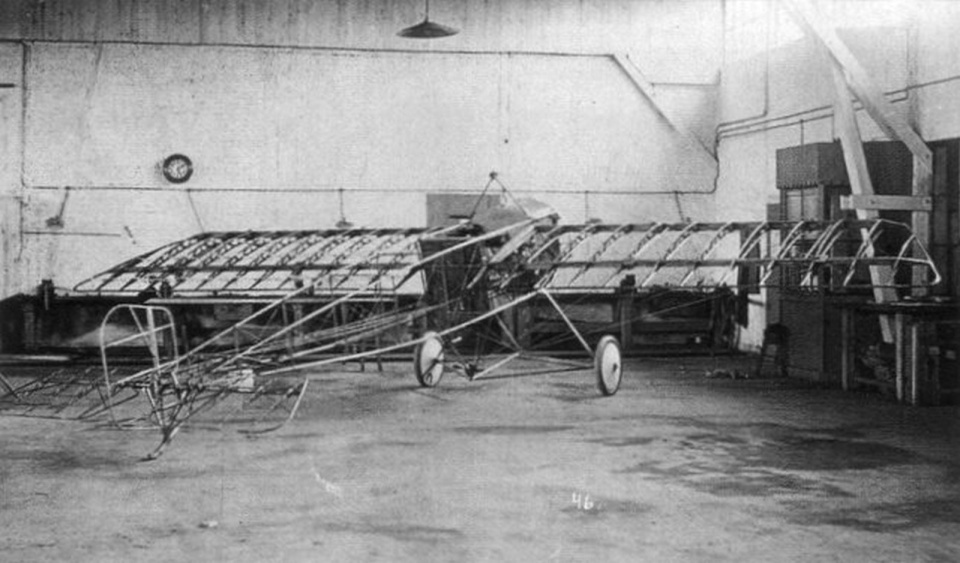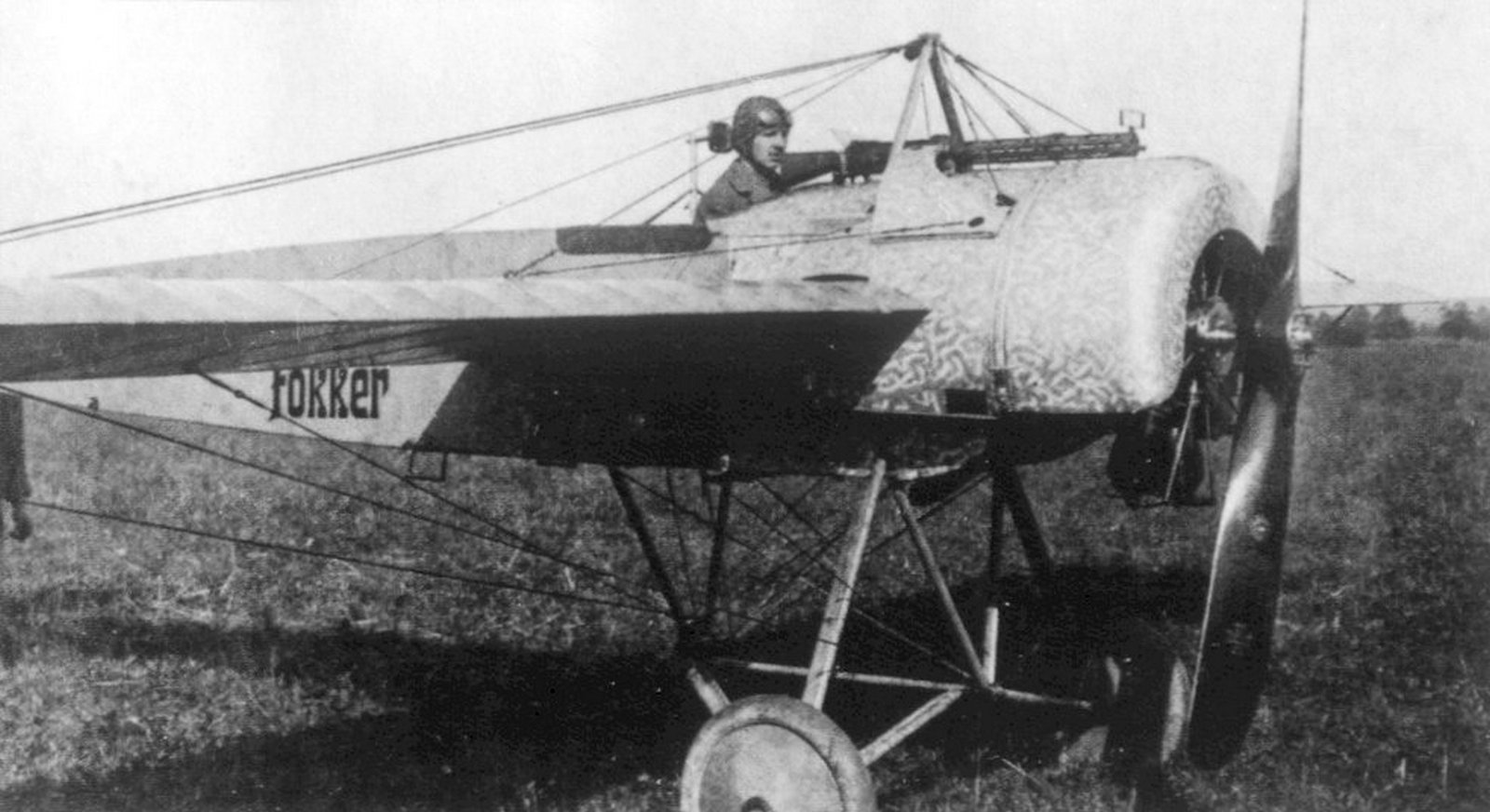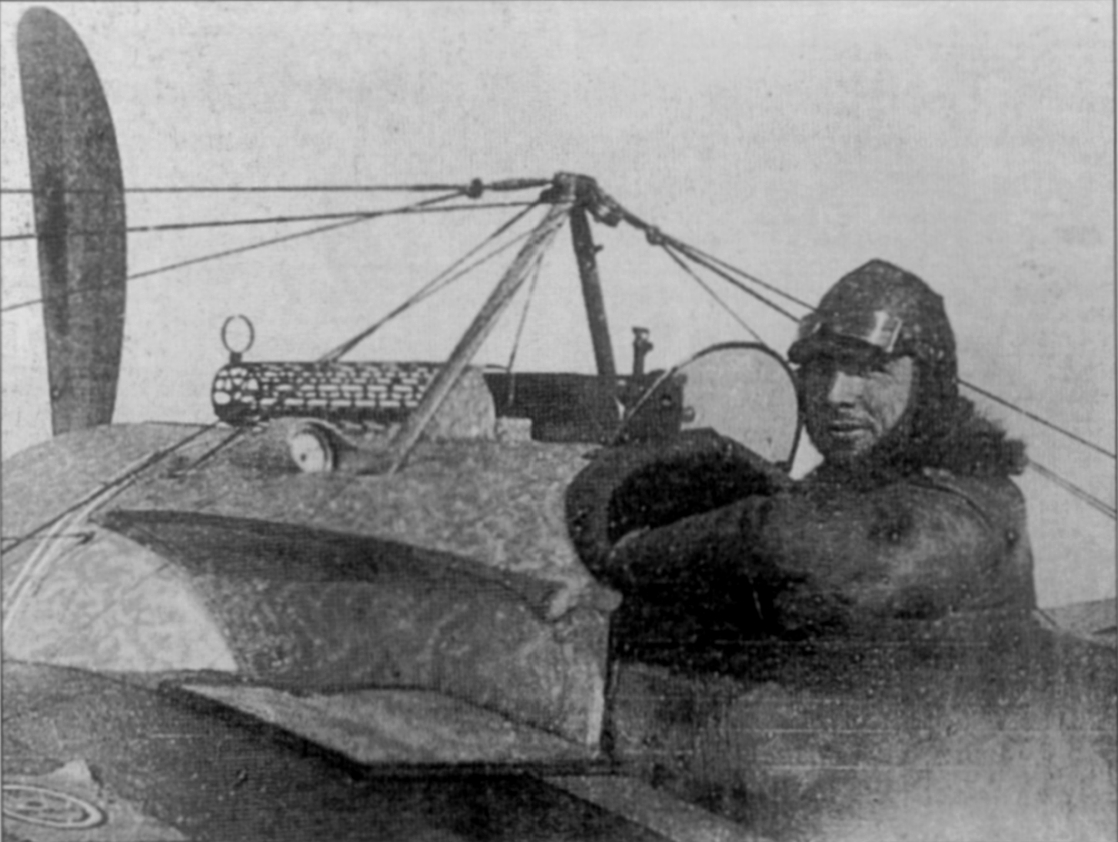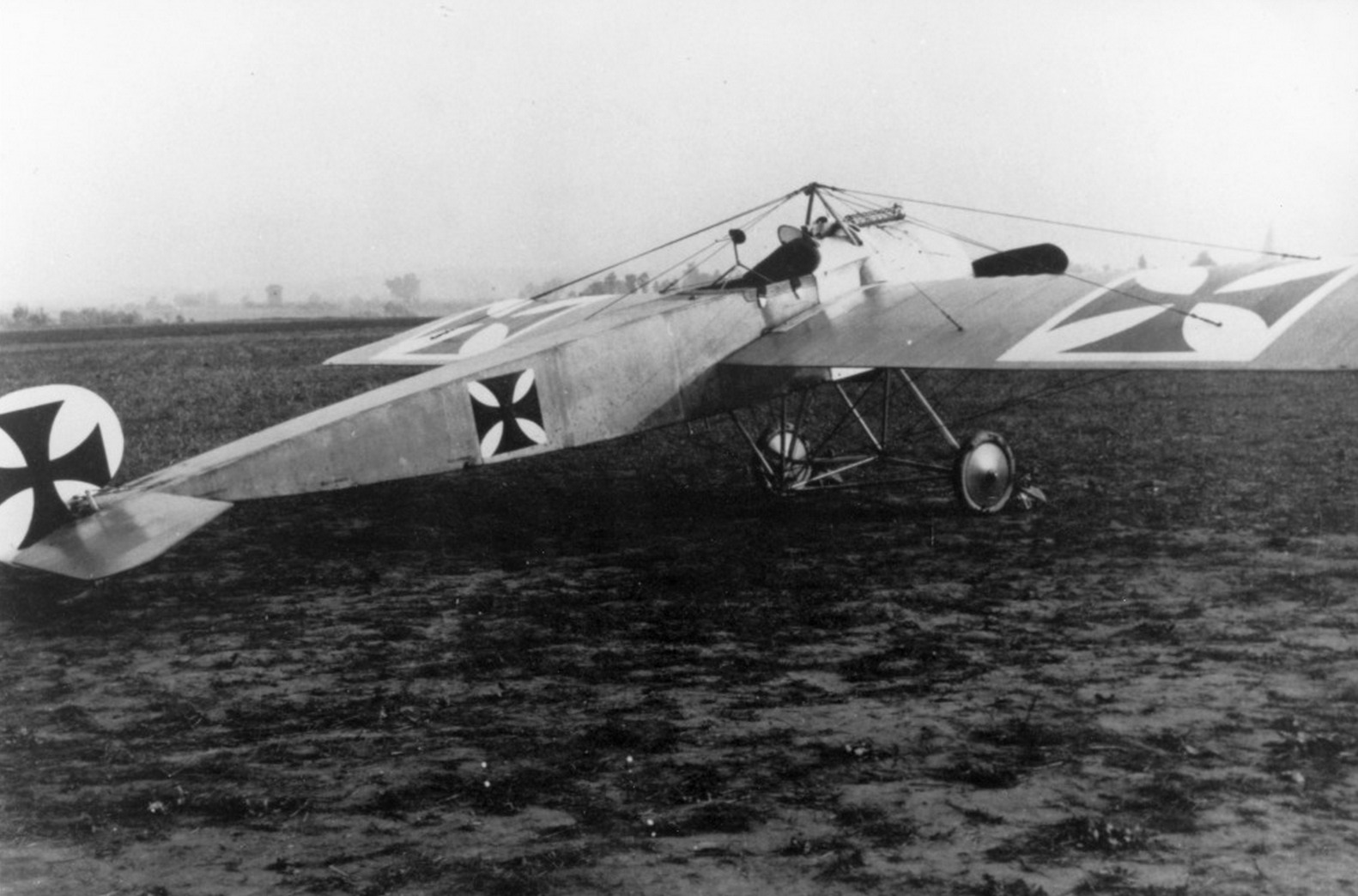110 years of the Fokker Eindecker airplane

May 23 marked the 110th anniversary of the Fokker Eindecker (or Fokker E), which is considered to be the first “real” fighter aircraft in history. On that day in 1915, its first prototype flew in the suburbs of Schwerin, Germany (Pomerania).
The aircraft was built by Fokker Aviatik GmbH, a company designed by its head, Dutch inventor Anthony Fokker, who has a separate article on our website. Based in Germany, he created airplanes for the German air force during the First World War. The first was the Fokker M.5 monoplane reconnaissance aircraft, which had a mixed construction: a fuselage with a truss welded from steel pipes, a wing with a wooden frame, and a plywood and canvas skin. This type of construction became typical of Anthony Fokker's subsequent airplanes.
The Fokker E.I was a development of the M.5, and its main feature was a synchronizer, a mechanical device that allowed the machine gun mounted in the nose of the aircraft to fire directly on course through the propeller blade. To do this, when the propeller blade passed the muzzle, the machine gun fire was interrupted. Fokker created his synchronizer based on the design of Swiss engineer Franz Schneider, which he had patented before the war.
A total of 416 Eindecker aircraft were built in four main variants, including both fighters and reconnaissance aircraft. The E.III fighter was equipped with a 100 hp Oberursel UI air-cooled rotary engine. The aircraft had a length of 7.2 m, a wingspan of 9.5 m, a takeoff weight of 610 kg, a maximum speed of 140 km/h, and a range of almost 200 km. It was armed with one 7.92 mm LMG 08 Spandau machine gun.
The Eindecker did not have high speed and maneuverability, but thanks to its innovative weapons, it had a significant advantage in combat over all other Entente combat aircraft of the time. By the beginning of 1916, German fighters dominated the air, and Western Allied pilots nicknamed the Eindecker “the scourge of the Fokker.”

 Fan-page
Fan-page Youtube
Youtube TikTok
TikTok Aviamuseum
Aviamuseum State Aviation Museum
State Aviation Museum



